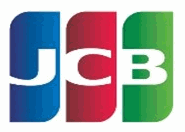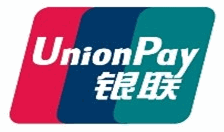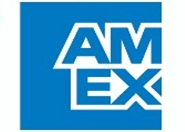Tokenization Guards Consumer Credit Union Debit Payments From eSkimming

As consumer spending evolves from offline transactions in person to an ever-growing number of digital purchases made online, the levels of fraud follow those spending patterns, and preventing or mitigating eSkimming attempts by criminals becomes an increasingly important part of the process.
Card Skimming Offline Is Nothing New
At MobiusPay we have spoken with clients many times in the past about the notion that consumers have on occasion suffered from card skimmers that were able to steal their debit or credit card data by affixing an illegal third-party physical device to an ATM, self-serve gas station pumps or other DIY card reading apparatus.
Many mistakenly believed that the shift toward digital transactions in the wake of a global pandemic would alleviate these sorts of problems. In fact, shoppers are using digital transactions much more often, as a recent study showed 26% percent of customers plan to use cash even less often than they had before the pandemic started.
Card Skimming Online Is Becoming Pandemic
The fraudsters have also adapted their scams and skimming techniques to continue their illegal campaigns. Criminals are now deploying eSkimming scams by injecting malicious code into merchant websites and hijacking the transaction process so that they can steal card data and other personal information during online order checkout.
What makes these schemes even more insidious is that the merchant and the consumer often have no way of knowing the scam occurred. That leaves open the real possibility that a third-party scammer, may become able to defraud your customers and give the false impression that you were the cause of the malfeasance or were somehow complicit in their crimes when they attempt to cash in on their stolen information weeks or months after a legal transaction took place on your site.
How Big Is The eSkimming Problem?
As we all already know, the blame for these sorts of scams from consumers often diverges quickly from any semblance of fairness. When a consumer visits your site and gets scammed, they quickly find it irrelevant whether you were a party to any wrongdoing. Regardless of how many precautions you have put in place, consumers view any scam that takes place as part of an interaction with your site, as sufficient reason to never return to your site.
For that reason, it is imperative that merchants safeguard their customers’ online transactions for them in ways that actually do prevent fraud committed by others.
The size of the risk is massive. Just one recent eSkimming attack exploiting a weaknesses in Adobe software caused widespread damage by compromising more than 2,000 popular commerce sites affecting tens of thousands of consumers potentially.
So What’s The Answer?
Tokenization, Fragmentation and Rapid Response
Step 1 - Tokenization
The simplest answer is Tokenization. The tokenization process allows shoppers using digital wallets to provide merchants with a single use identifier code that instantly verifies transactions. This method prevents fraudsters from obtaining or using any customer credentials because none of that sensitive information is passed through at the point of sale during the transaction.
When some hear of tokenization they mistakenly think it is associated with the use of cryptocurrencies like Bitcoin. In reality, consumers can protect themselves just as well by using any third-party payment service at checkout.
Step 2 - Data Fragmentation
By saving their debit or credit card information into a third-party payment account, consumers are able to make purchases digitally by using those accounts without providing any card numbers, card verification value (CVV) codes or other personal information at the point of sale.
As with anything else in digital security, there is no magic bullet. The key takeaway from all of this is that fragmenting the transaction, so that only the minimum amount of data necessary to complete the sale is passed at the point of sale, is an important part of reducing eSkimming and other methods of third-party fraud finding their way into your site transactions.
Consumer Security experts have stated many times that the best way to prevent fraud of these kinds is to educate consumers and merchants to help inoculate both legal parties to each transaction by making all aware that these scams exist, and to inform everyone of the benefits to utilizing tokenization methods at the point of sale.
Step 3 – Rapid Response
The ability to quickly detect fraud and to remedy it is essential as well. This is where experienced and properly credentialed payment processing experts can make the biggest difference for merchants.
With more than a decade of experience assisting merchants and combatting digital payment fraud of all kinds, we are well positioned to assist companies seeking to secure their payment transactions, counter-fraud methods and rapid response to instances of potential vulnerability at all points in the process from purchase to completion. As fraud evolves, so will the methods of combatting it and we remain vigilant in our ongoing efforts to ensure a fair, functional and frictionless path for consumers and merchants to reach mutual satisfaction on each transaction.
To learn more, contact your MobiusPay representative today.
Return to Blog









* Created by
